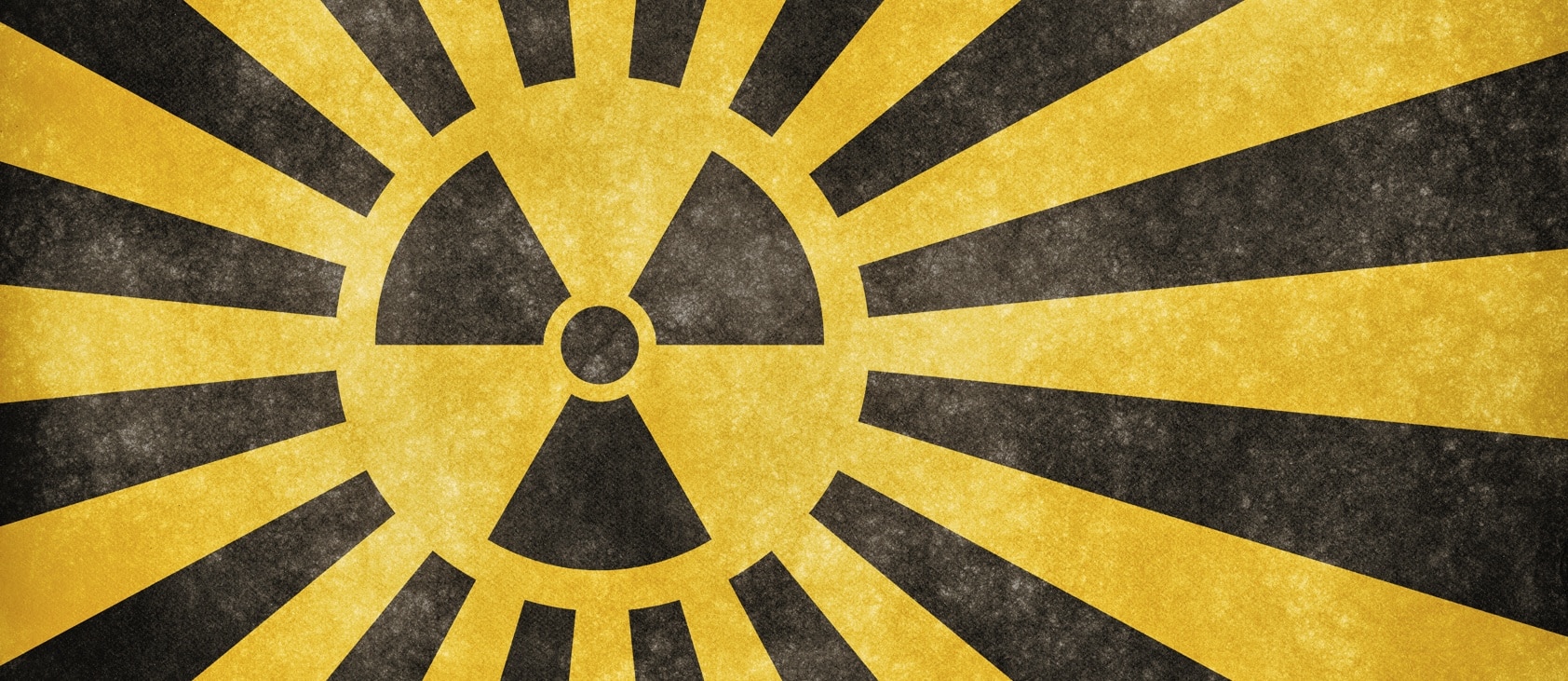With prevailing westerly winds over Japan, radioactive fallout from the Fukushima nuclear power plant tragedy was detected throughout North America at levels comparable to those seen 25 years earlier from Chernobyl, the only other category 7 nuclear event in history.
The highest levels of radioactive iodine in rain water were found in Boise, Idaho, and the highest levels in milk were found in San Francisco at levels ten times higher than the federal maximum allowed in drinking water. This is below that which would be expected to pose a direct threat to U.S. public health, but a controversial paper in the International Journal of Health Sciences suggested the radioactive plume from the nuclear meltdowns in Fukushima may be responsible for the subsequent bump in U.S. mortality — similar to what we saw after Chernobyl (see my 4-min video Fukushima and Radioactivity in Seafood for details). However, the authors themselves underscore that their research shows merely a correlation, and potential evidence of a causal link. They stress that more research is necessary.
Of all the radiation released, only a tiny fraction of the fallout reached U.S. shores—most was absorbed by the Pacific Ocean. What does that mean for seafood safety?
Researchers report unequivocal evidence that Pacific Bluefin tuna have transported Fukushima-derived radioactive fallout across the entire North Pacific Ocean. Tuna migrate from Japan to California and appear to have taken some radioactivity with them.
Unfortunately, more than just radiation from nuclear disasters enters our oceans. Our oceans have become humanity’s sewers; everything eventually flows down into the sea. This has implications for other aspects of seafood safety:
- Food Sources of Perfluorochemicals
- Food Sources of Flame Retardant Chemicals
- Hair Testing for Mercury Before Considering Pregnancy
- A Fine Kettle of Fluoxetine
Even though there was a 10-fold spike in radioactive cesium levels in tuna, the researchers put it in context by noting that there were baseline levels of radioactivity in fish even before Fukushima, due to everything from thermonuclear weapons tests and sunken nuclear submarines to the radioactive elements found naturally in the earth’s crust.
The levels in seawater of radioactive polonium (the element used in the horrific assassination of Russian dissident Litvinenko) are miniscule, but it strongly bioaccumulates up the food chain into fish. Polonium is a by-product of uranium decay and is frequently cited as one of the reasons that tobacco is so carcinogenic. That was something the tobacco industry was well aware of and could have easily removed, but the process that could have removed the polonium affected the absorbability of nicotine. The loss of the nicotine “kick” sensation was found unacceptable by industry executives. So they kept the polonium in.
Cigarette manufacturers’ protection of stockholders over the public is not unique to that sector. More industry hijinks in:
- Eggs vs. Cigarettes in Atherosclerosis
- Dietary Supplement Snake Oil
- Dietary Guidelines: Pushback From the Sugar, Salt, and Meat Industries
- Food Industry “Funding Effect“
- Egg Industry Blind Spot
The radioactive polonium in cigarettes has been speculatively blamed for the link between smoking and male infertility, but most of human exposure comes from diet—mainly fish and shellfish. And this was before Fukushima.
So what happens if we eat seafood? Researchers measured the increase in radioactive polonium levels in semen after a single seafood meal. It caused a 300 percent spike in radioactivity levels. Probably not enough to cause infertility—but that was just one meal. Whether the kind of dose you can get from eating seafood is high enough to damage sperm cells still needs to be established. Researchers calculate that may have to eat as much as a pound of seafood a month before we might realize the harmful effects of the radiation.
Interestingly, there’s 8 times more polonium in cooked shrimp than in raw. Researchers think it’s because most of the polonium is in the shrimps’ internal organs, which is released in to the boiling water and contaminates the muscle. Gutting crustaceans before cooking may therefore decrease radiation exposure.
The greatest radiation exposure risk, however, comes not from Fukushima fallout or the polonium naturally found in seafood, but from doctors. See my video, Cancer Risk from CT Scan Radiation. This was touched on in a recent New York Times op ed.
-Michael Greger, M.D.
PS: If you haven’t yet, you can subscribe to my videos for free by clicking here and watch my full 2012 – 2015 presentations Uprooting the Leading Causes of Death, More than an Apple a Day, From Table to Able, and Food as Medicine.
